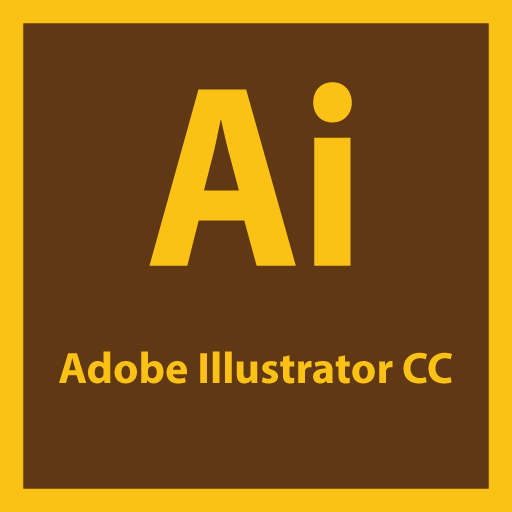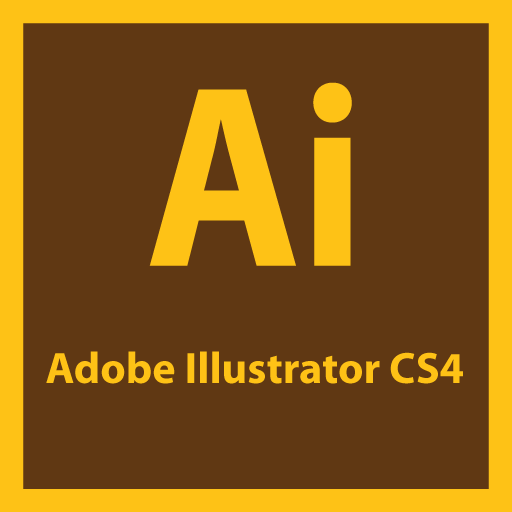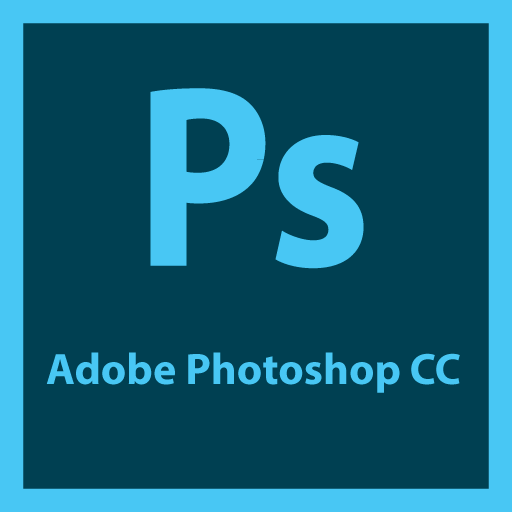Course Details
Adobe Illustrator CC is packed with new and innovative features to help you produce artwork more efficiently for print, web, and digital video publication. In this section, you will learn about many of these new features how they function and how you can use them in your work. Cloud-enabled features, like Sync Fonts, Sync Colors, and Sync Settings, turn any workspace into your workspace. Design with type in a powerful new way. Characters can now be manipulated like individual objects. Experiment with moving, scaling, and rotating, knowing that you can edit or change the font at any time. Paint with a brush made from a photo. Art, Pattern, and Scatter brushes can contain raster images, so you can create complex organic designs quickly with simple brush strokes.
Import multiple files into your Illustrator layout at the same time and with new control. Now you can define the location and scale of your files images, graphics, and text and use new thumbnail views to see where each file will go and how big it will be. Now create websites faster by letting Illustrator generate Cascading Style Sheet (CSS) code for you. Get hands on with the power of the on art Free Transform tool. File packaging automatically gathers and saves the necessary fonts, linked graphics, and a package report into a single folder. The new options create a faster workflow and a much happier user experience.
Course Overview
Getting to Know the Work Area
To make the best use of the extensive drawing, painting and editing capabilities of Adobe Illustrator CC, it is important to learn how to navigate the workspace. The workspace consists of the Application bar, menu, Tools panel, Control panel, Document window and the default set of panels.
Selecting and Aligning
In this lesson, you will learn how to locate and select objects using the selection tools, protect other objects by grouping, hiding and locking them. You will also learn how to align objects to each other and the artboard.
Creating and Editing Shapes
You can create documents with multiple artboards and many kinds of objects by starting with a basic shape and then editing it to create new shapes. In this lesson, you will learn how to create a new document and then create and edit some basic shapes for an illustration.
Transforming Objects
You can modify objects in many ways as you create artwork by quickly and precisely controlling their size, shape and orientation. In this lesson, you will also explore creating and editing artboards, the various Transform commands and specialized tools while creating several pieces of artwork.
Drawing with the Pen and Pencil Tools
Although the Pencil tool is preferable for drawing and editing freeform lines, the Pen tool is excellent for drawing precisely including straight lines, Bezier curves and complex shapes. You will practice using the Pen tool and then use it to create an illustration of a dish of ice cream.
Color and Painting
Spice up your illustrations with colors by taking advantage of color controls in Adobe Illustrator CC. In this information packed lesson, you will discover how to create and paint fills and strokes, use the Color Guide panel for inspiration, work with color groups, recolor artwork, create patterns and much more.
Working with Type
Text as a design element plays a major role in your illustrations. Like other objects, type can be painted, scaled, rotated, and more. In this lesson, you will discover how to create basic text and interesting text effects.
Working with Layers
Layers let you organize your work into distinct levels that can be edited and viewed individually or together. Every Adobe Illustrator CC document has at least one layer. Creating multiple layers in your artwork lets you easily control how artwork is printed, displayed, selected and edited.
Working with Perspective Drawing
In Adobe Illustrator CC, you can easily draw or render artwork in perspective using the perspective grid. The perspective grid allows you to approximately represent a scene on a flat surface, as it is naturally perceived by the human eye.
Blending Colors and Shapes
Gradient fills are graduated blends of two or more colors. Using the Gradient tool or the Gradient panel, you can create or modify a gradient fill or a gradient stroke. With the Blend tool, you can blend the shapes and colors of objects together into a new, blended object or a series of intermediate shapes.
Working with Brushes
The variety of brush types in Adobe Illustrator CC lets you create a myriad of effects simply by painting or drawing using the Paintbrush tool or the drawing tools. You can work with the Blob Brush tool, choose from the Art, Calligraphic, Pattern, Bristle, or Scatter brushes or create new brushes based on your artwork.
Applying Effects
Effects change the look of an object. Effects are live, which means that you can apply an effect to an object and then modify or remove it at any time using the Appearance panel. Learn how to use effects, it is easy to apply drop shadows, turn two-dimensional artwork into three-dimensional shapes, and much more.
Applying Appearance Attributes and Graphic Styles
Without changing the structure of an object, you can change its look using appearance attributes, including fills, strokes, effects, and more. You can save appearance attributes as graphic styles and apply them to another object. You can also edit an object that has a graphic style applied to it and then edit the graphic style an enormous time-saver!
Working with Symbols
The Symbols panel lets you apply multiple objects by painting them on the page. Symbols used in combination with the Symbolism tools offer options that make creating repetitive shapes, such as blades of grass, easy and fun.
Combining Illustrator CC Graphics with Other Adobe Applications
You can easily add an image created in an image editing program to an Adobe Illustrator file. This is an effective method for incorporating images into your vector artwork or for trying out Illustrator special effects on bitmap images.
Check out our sample video tutorials



